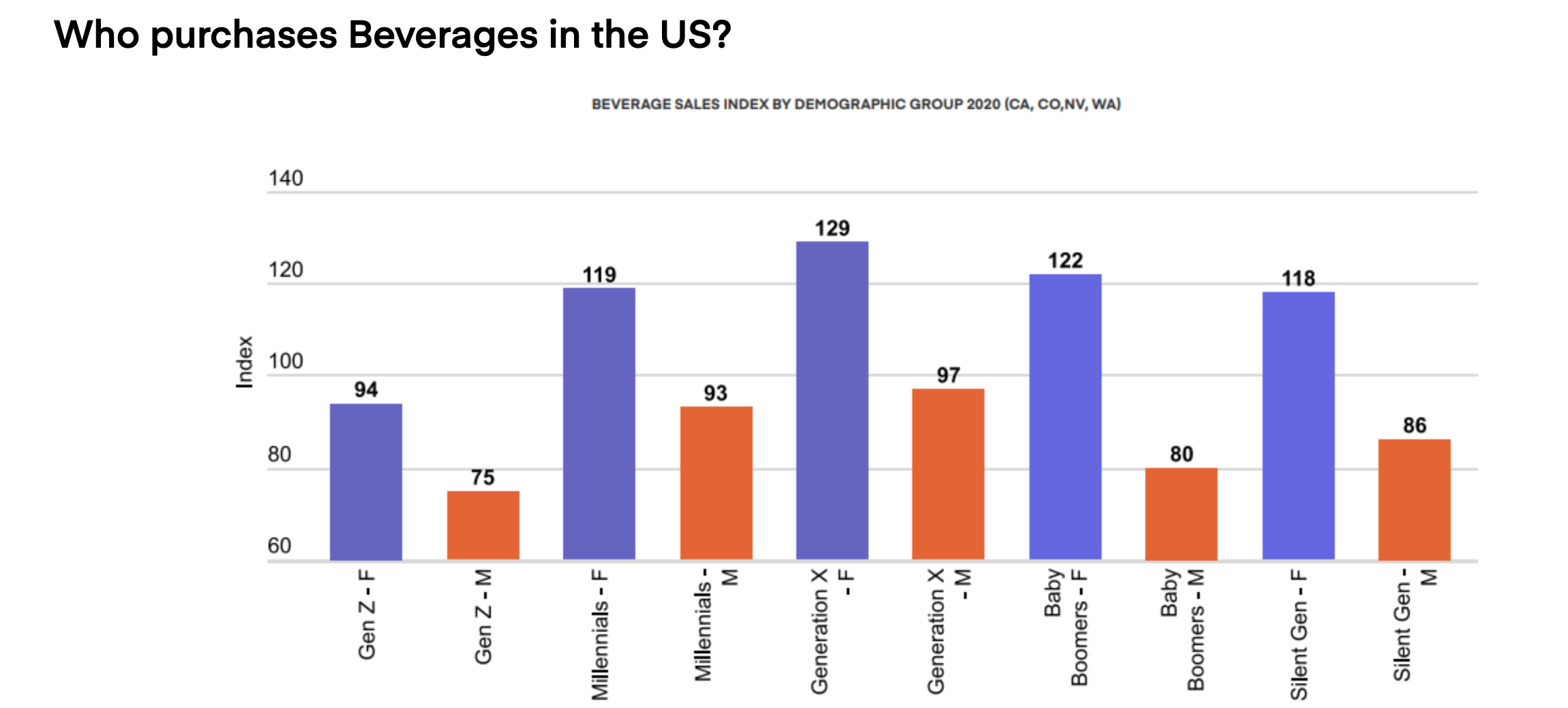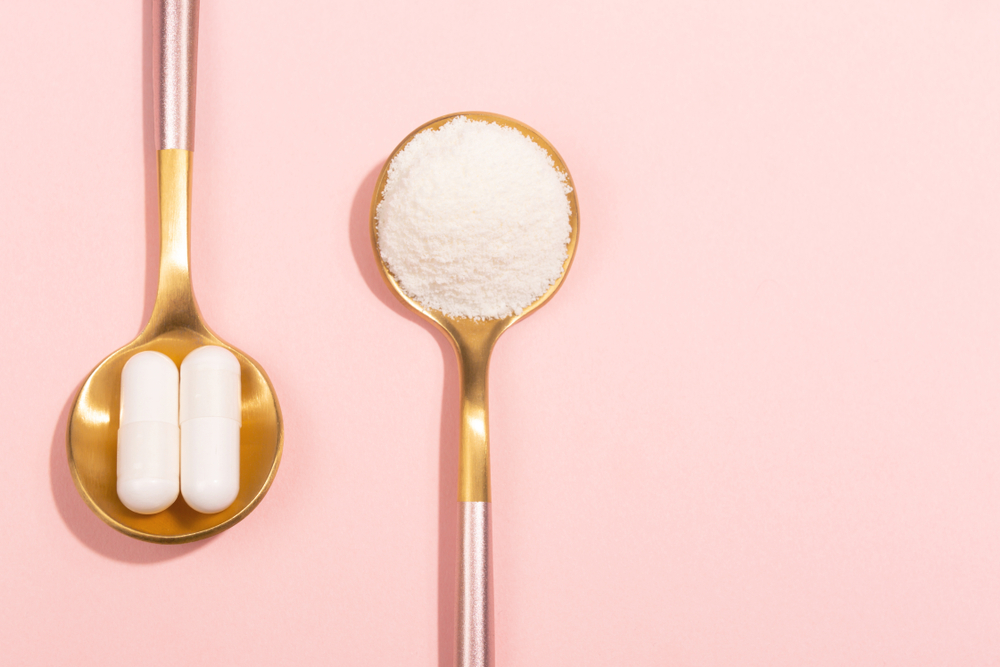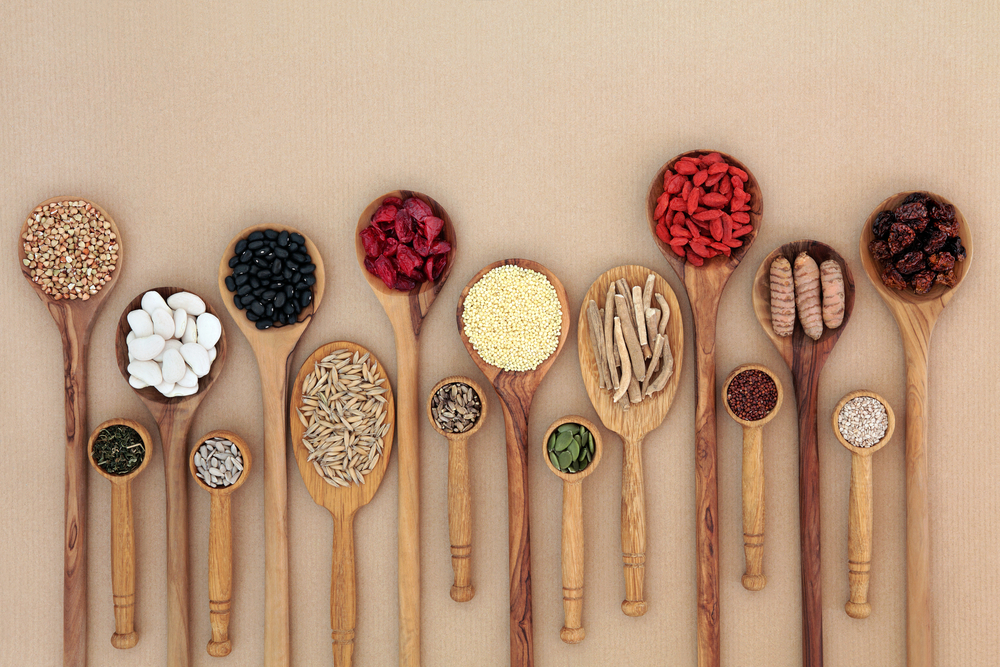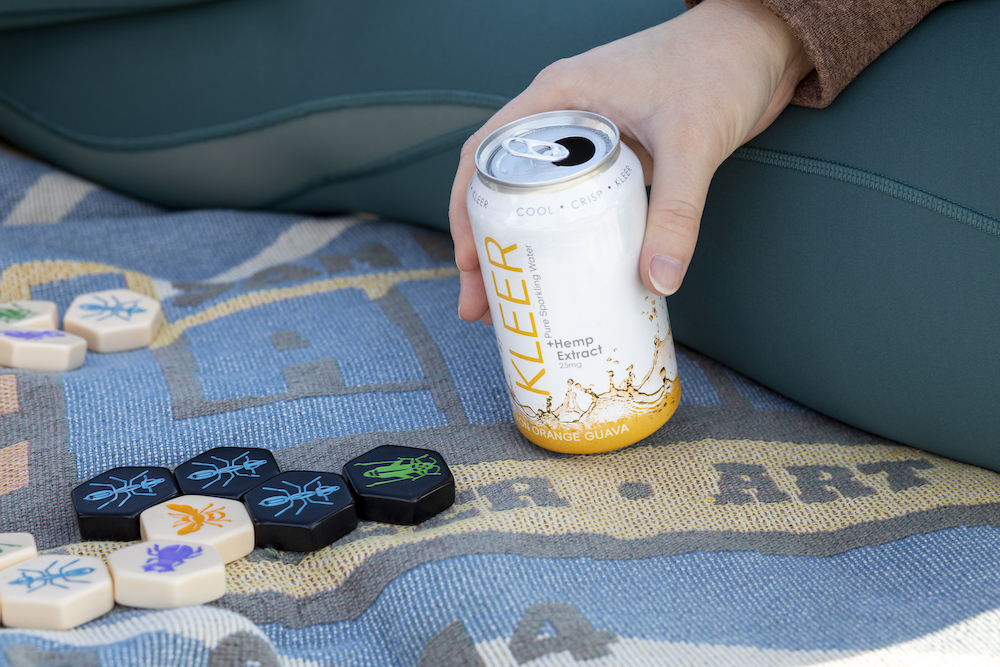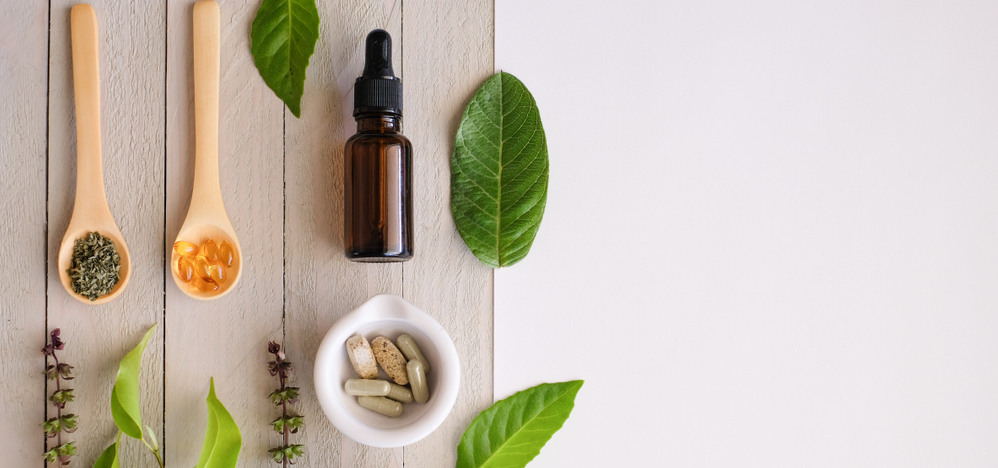Who drives flavor trends — chefs? Food writers? Product designers? Flavorists? The answer is the consumer. If the past two years have taught us anything, it is that the consumer is ultimately the arbiter of what flavors will be successful, what trends will become mainstays, and what trends will be short-lived. The impact of consumer preference and behavior is evident in the flavor trends we saw emerge in 2020, the trends we’ve seen in 2021, and the predictions for 2022.
Nostalgia with a Twist
When looking at flavor trends, it’s important to consider how consumer habits have changed in the past two years due to the pandemic. There’s been a major shift in how much time we’ve spent cooking in our own kitchens versus dining out. It’s natural for people to gravitate towards flavors that are familiar to them – flavors from their childhood or from their favorite travel destination – and create an eating experience that evokes a sense of nostalgic comfort. That said, younger consumers have shown they’re not afraid to balance their comfort food with flavors that are new, exotic, or something they might experience in a foreign country.
Food with a Function
In the wake of COVID 19, many consumers have sought out natural, holistic ways to improve their health through nutraceutical benefits, particularly in terms of boosting immunity, finding relief from stress and anxiety, and improving quality of sleep and gut health. Consumers are researching CBD and other cannabinoids, adaptogens, probiotics, prebiotics, and botanicals and are looking for products that not only provide benefits but also taste good. Most consumers would prefer to get their daily dose of functional ingredients in as few items as possible, as opposed to taking multiple pills a day.
Consumer demand for functional ingredients impacts a product’s flavor profile. Take, for example, products built to boost immunity – they will likely feature Vitamin C, Vitamin B, Ginger, Turmeric, or Ashwagandha. Because Vitamin C occurs naturally in citrus, it is relatively easy to pair with other flavors, whereas an ingredient like Ashwagandha has a very unique flavor profile in that it is earthy and bitter, which pairs well with the flavors of nuts, chocolate, and honey.
Enthusiasm for Fermented Foods
Today’s consumers are gravitating towards natural, healthy products that are processed without little to no additives and preservatives. A food category that emerged in 2020 and gained traction in 2021 for its floral, tart, slightly sweet, and robust flavors were naturally fermented products such as drinking vinegars, kombucha, and kimchi. Today, you can purchase products such as apple cider vinegar gummies, kombucha tea, and kimchi-flavored potato chips, and even kimchi-flavored sodas. Fermented products particularly resonate with younger consumers who have been exposed to international flavors and are not afraid of new tastes and textures.
Tested, Tried, and True Flavors
There are some flavors that consumers can’t get enough of and that never seem to go out of style, like berry, citrus, apple, and mint. Most people have been consuming fruit products since they were young; hence, these flavors are familiar to us and we know what to expect from a product featuring that flavor. In the confectionary world, strawberry remains very popular with consumers worldwide. Today, we are also seeing more of these flavors combined with botanicals to give products an added level of complexity – for example, basil paired with strawberry, mint paired with cucumber, or lavender paired with lemon. In line with consumers seeking functionality, botanicals offer their own health benefits. Basil is a great source of vitamins A, C, and K, as well as Magnesium; mint offers antibacterial and anti-inflammatory properties, and lavender has been used to treat insomnia and nausea.
Up and Coming Fruit Flavors
There is no shortage of products on store shelves featuring citrus and berry, but there are some varieties to pay attention to, including Marionberry, Huckleberry, Yuzu, Blood Orange, and Makrut Lime.
Marionberry
Marionberries are a variety of blackberry grown mostly in Oregon; they are both sweet and tart with a rich, earthy flavor – similar to eating a raspberry and blackberry in the same bite. In terms of product development, products featuring marionberries are mostly found on the west coast, because the berry itself is too delicate to ship.
Huckleberry
Huckleberries are smaller than blueberries and have dark purple skin when ripe. They are tarter and juicier than blueberries, which means their flavor packs a punch in food products or beverages. Huckleberries are not a domesticated fruit; they are mostly picked by foragers in the northwest, which makes them somewhat harder for a product designer to access.
Yuzu
Hailing from China and used widely in Japan, Yuzus are about the size as a tangerine. The rind is highly aromatic and sweet with floral notes, while the juice of the fruit is extremely sour and tart. Products on the market featuring yuzu are varied, from marinades to marmalades, beers to flavored sparkling water.
Blood Orange
A blood orange is slightly smaller than a navel orange with slightly thicker skin. What makes the blood orange unique (and subsequently products that feature its juice) is the deep red, maroon color of the interior flesh. Flavor-wise, blood orange juice is a bit sweeter and less tangy than classic orange juice.
Makrut Lime
Makrut (aka kaffir) are in the lime family and derive from Southeast Asia; they are a staple of Thai cooking. The texture of the rind is bumpy, and when ripe, it’s yellow as opposed to green. The zest of the rind is often used in curry paste, and its leaves are added to dishes for fragrance. Makrut lime juice is quite bitter and sour, so it needs to be paired with other flavors that can stand up to it and balance it out.
Beyond Pumpkin Spice — Fall Flavors to Savor
As summer comes to a close, as the days get shorter, and the weather starts to cool, the flavors of the season begin to shift as well. Fall flavors not only reflect what types of products are available but the season’s holidays as well.
One fall fruit flavor that never goes out of style is apple, which is incredibly versatile in terms of what it can be paired with. It’s a terrific match for another fall favorite, cranberry. An apple’s sweetness and crispness provide a nice contrast and balance to the cranberry’s tartness and tang. Apple and another fall fruit, pear, match well with a variety of spices, such as cinnamon, clove, cardamom, and ginger, all of which offer health benefits.
Caramel is a flavor consumers associate with childhood and Halloween – think caramel apples, caramel in candy bars, and caramel swirled into ice cream. A popular flavor today is salted caramel, where the savory and texture quality of the salt play against the sweet, sticky, chewy qualities of the caramel.
While Chai is popular year-round, it is the perfect flavor for fall because of the warmth the aromatic spices in it evoke. Chai is comprised of cinnamon, cardamom, and clove; these spices are added to black tea and then typically blended into milk. Beyond tea-based beverages, Chai pairs well in dishes featuring winter squash-like pumpkin.
2022 Flavor Trend Predictions
Today’s consumers continue to feel the impact of COVID, are seeking a balance between familiarity and novelty, and learning more about ingredients that improve one’s health. Product producers can anticipate that functional ingredients including CBD will be top of mind when people look for new products to add into their daily routines that not only deliver nutrition and health benefits but also taste great.
Flavor researchers predict that in 2022, consumers will seek out spice and heat in their food and beverages (from peppers to chili to mustard), as well as notes of smoke and wood. They will also gravitate towards tropical, fruity flavors, that are paired with other functional ingredients, particularly in beverages, and seek out spirit flavors in their confections, such as a chocolate bar infused with whiskey or bourbon.
If you have an idea for a product to bring to market in 2022 featuring functional ingredients, the team at SōRSE can help you create a flavor profile that will resonate with consumers. Book a call with our team today to get the conversation started and your product to market!




